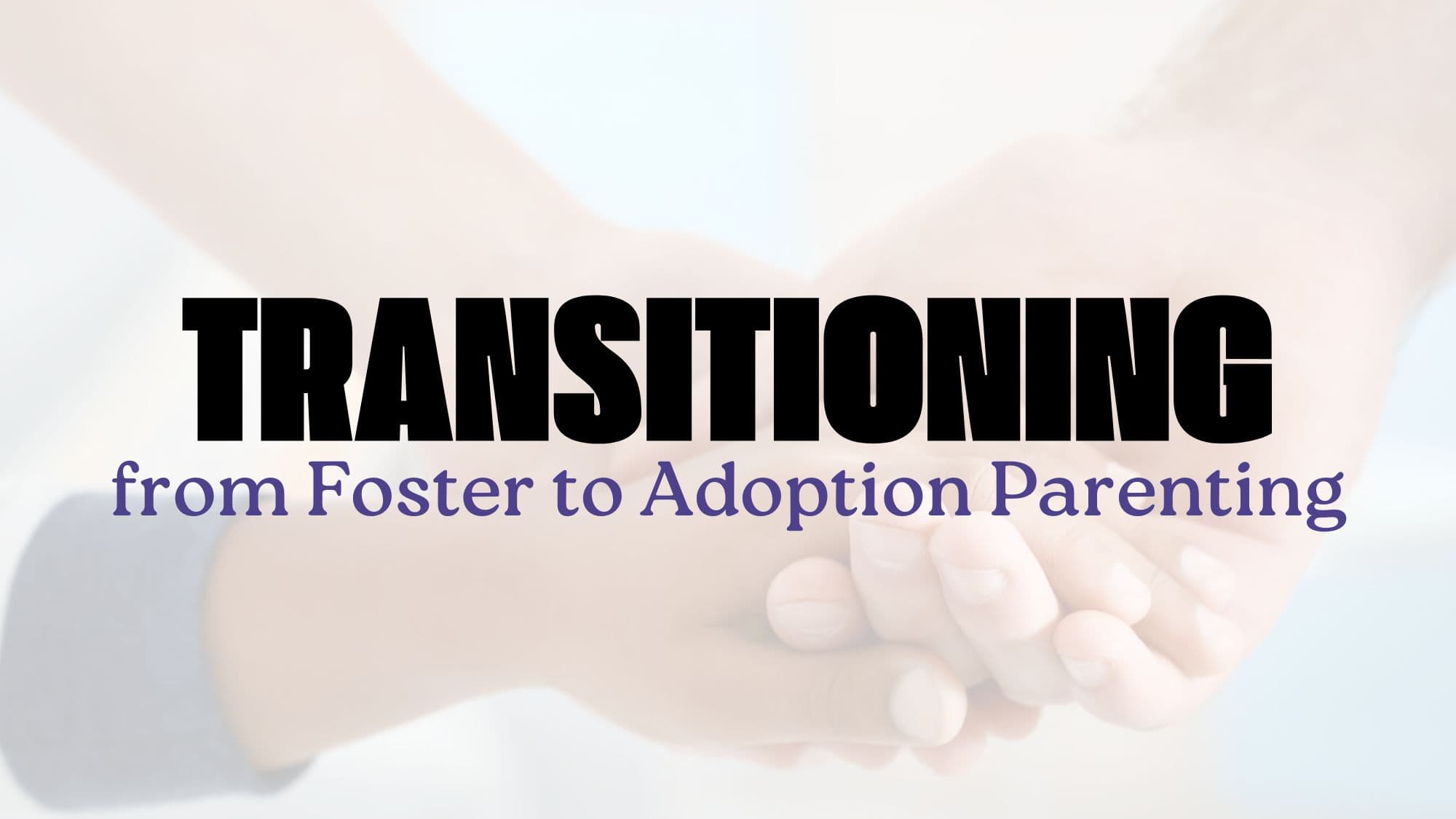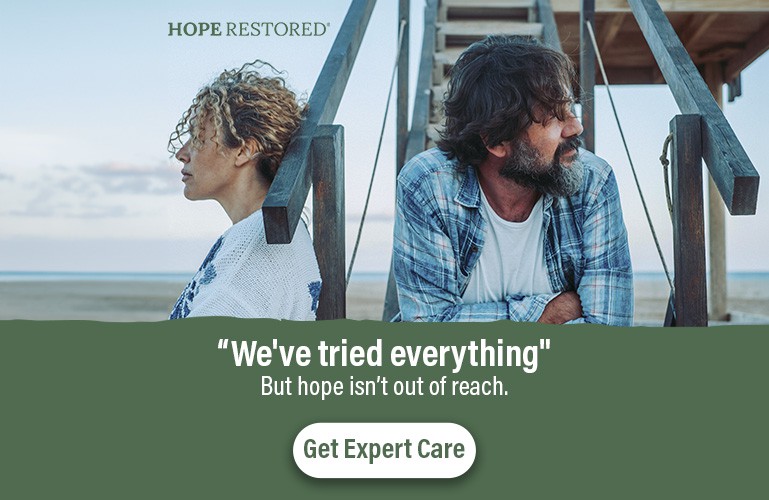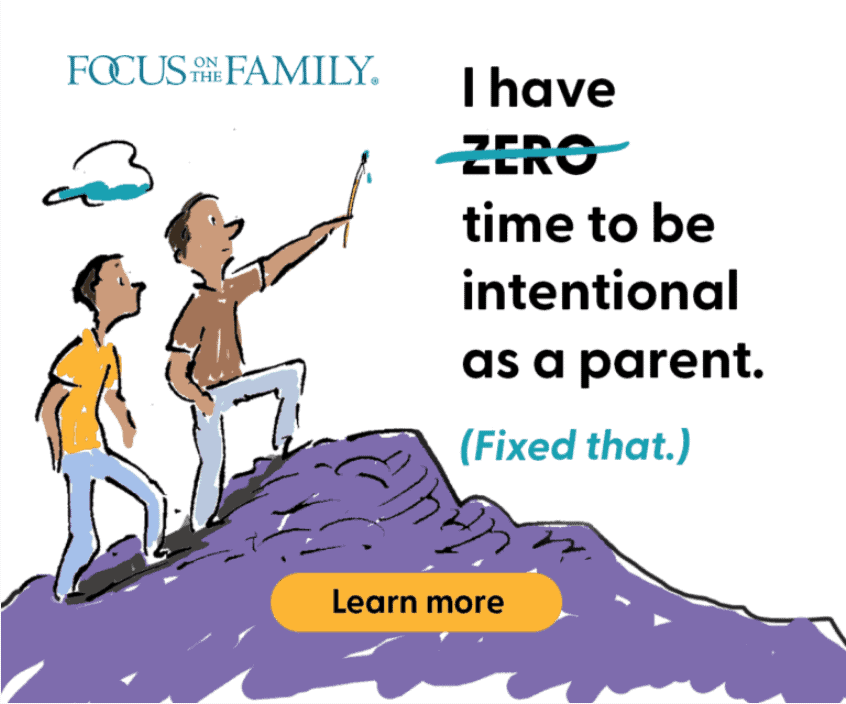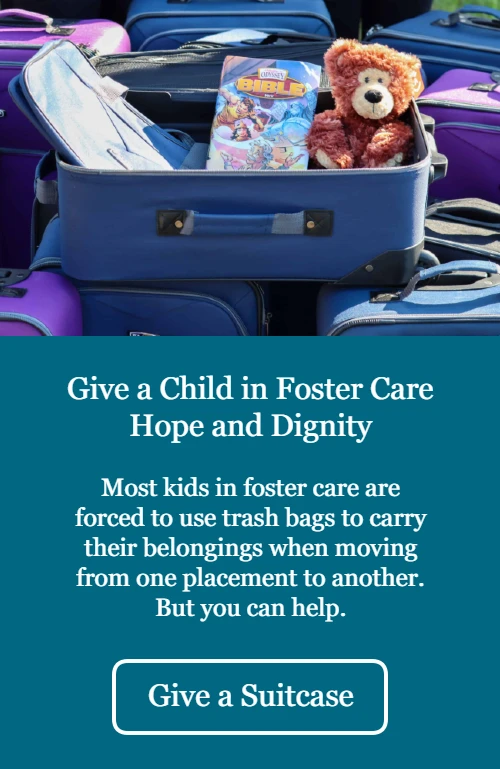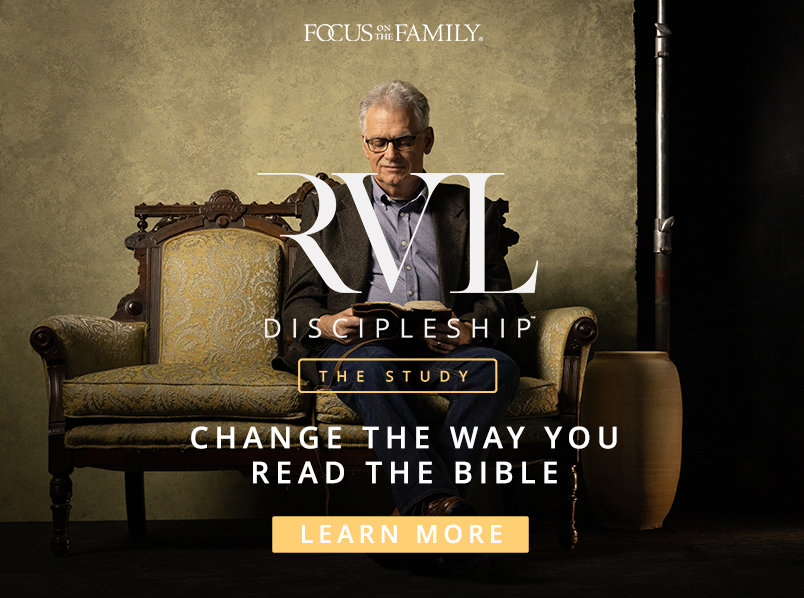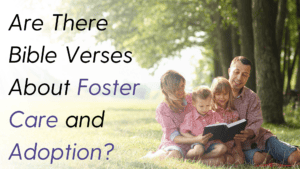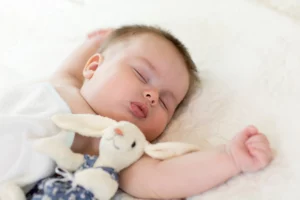It’s so exciting! “Gotcha Day” is finally here. We are finally a family that is undisrupted by caseworkers and court dates. For most adoptive parents, this is a day they have looked forward to for a long time. It can be a celebration for family and friends who have known about the adoption journey. Some parents are aware of the loss that their child experiences on the adoption “gotcha day.” Parents generally work hard to communicate with their children and ensure they are “ok” with the transition. Surprisingly, many families are caught off guard when the adoption causes chaos. Things may go smoothly for a time. However, at some point, it feels like things are going backward instead of forwards. Transitioning from foster to adoption parenting requires a different parenting approach.
Parental Expectations for Transitioning from Foster to Adoption
| Foster Parent | Adoptive Parent (faulty thinking) |
| I understand they want their birth family. | I expect them to transition to being in our family. |
| Behaviors are expected because of the trauma. | I expect the behaviors to stop now that the trauma is over. |
| I pay a lot of attention to my child’s reactions. | I’m returning to regular routines and expect my child to understand that the world doesn’t revolve around them. |
| I am aware of the cultural differences. | I sometimes forget there are cultural differences. |
| I expect my child to be struggling. | I assume adoption will stabilize my child. |
| I’m up for the parental challenge work. | Our family will be a successful adoption because we can provide a stable, loving, and healthy home for this child. |
Most foster-to-adopt parents receive education and resources about the parenting and transition issues that may occur during the foster-to-adopt process. Rarely are these enough to prepare families for the journey. Why? While people hear the phrase, “Every child is different,” the parental excitement of adoption affects people’s ability to comprehend what that means.
Goals Change
When parenting a child in foster care, the parenting goal is safety, stabilization, and possible reunification with the biological parents. Depending on the child’s age, they may have visitation options with their biological parents. Children at this stage may adjust to being safe in the foster home out of survival and fear of rejection. Some children may thrive in their foster home, hoping that what they want will happen. Those hopes may be to be adopted, or they may be hoping to be able to go back to their biological family. Each child is different. Foster parents generally work extra hard to give attention, make the child comfortable, and fight to keep them safe from the source that put them in foster care.
After the adoption occurs, it may feel like success was achieved. Parents feel relief from the battle to save their child and want to focus on being a normal family. They are exhausted from the foster care journey and are ready for rest and recovery. The focus shifts towards recovering lost time with friends, family, work, or other siblings. A sense of returning to the way things were before foster care. We can now be a family.
Child Changes
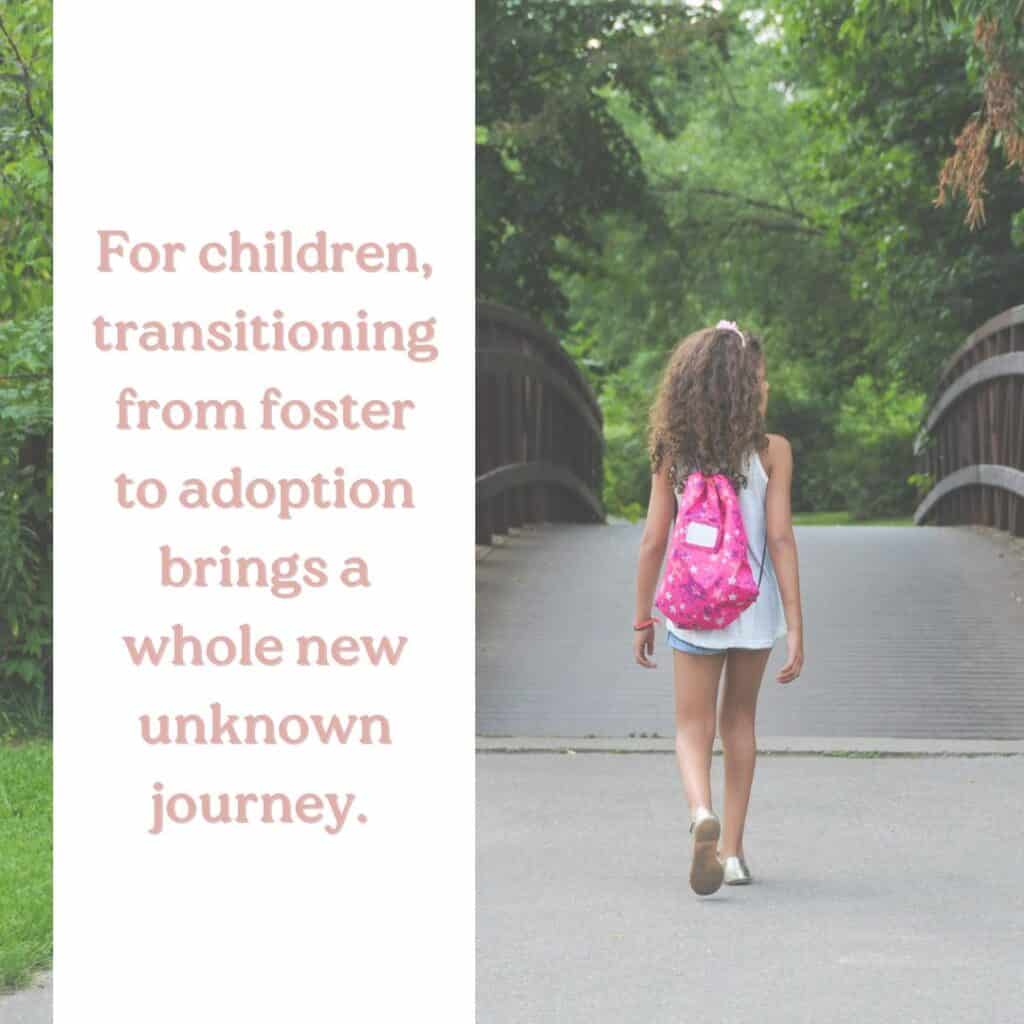
For children, transitioning from foster to adoption brings a whole new unknown journey. Depending on the child’s age and how long they were in foster care will affect this transition. Most children will go through a grieving process. The loss of going back to their biological family is significant. There is generally a grief shock adjustment period during the first year. Once the year anniversary comes, the grief starts to process. Grief looks different for each person. Most children will never discuss their grief with their adoptive parents. Parents will, instead, see the behaviors start coming out. Before the adoption, the child had some behaviors, which probably became manageable in a routine. After the adoption, it may feel like a different child with many unmanageable behaviors. Parents quickly realize traditional parenting won’t work.
A Child’s Transition from Foster to Adoption
Two things are happening at the same time after adoption. The child is grieving, and they are trying to figure out how to transition into a new family. This transition involves:
- Learning that a “safe” family is ok
- Processing any hurt that may exist towards adoptive parents for events during foster care
- Recovering identity as a person
- Understanding what the new expectations are
- Learning new roles in family relationships

Any normal adult would be completely overwhelmed with these transition tasks in addition to grieving. However, children are not able to process like adults. The brain can only process at the developmental level that it has achieved. As children try to process these issues, they will display behaviors when they are unable to use their words. Often, there are no words to describe what they are experiencing. The child will display behaviors as part of their experience to process their thoughts and feelings.
If a child can process and stabilize, the journey starts over when the brain grows to a new developmental level. To parents, it appears the behaviors are going backward or not healing; however, this is rarely the case. The behaviors generally come back due to reprocessing things at a new developmental level or responding to a trauma trigger. This is why therapeutic parenting the brain before the behavior is essential for adopted children.
Finding Hope While Transitioning from Foster to Adoption
The journey from foster to adoptive parent is filled with adventure. Some days will be good, some will be a discovery process, and at the end of every day, all will have done the work of being a family. Discovering what each person needs and how much they are able to do will be a learning curve. Learn to slow down the pace of life and truly take time for self-care recovery. Children learn self-care by experiencing observable examples from the adults around them. This means parents need to do their own self-care to parent self-care in their children.
One child put it perfectly:
I miss my birth mommy and wish she would get better so she can come get me. I like my new mom too. She is really nice. Sometimes I get so mad at both my mommy and my mom, and I don’t know why. The only thing I know is I want to get away. So I run away and hide. I hear them calling for me. I don’t care. I’m not ready to be found.

Transitioning from foster to adoption for parents and children requires ongoing attention and awareness. Plan a regular time each month after adoption to remind your parenting brain of the adoption journey. Notice how family members are adjusting and what behaviors may alert you to the child’s unmet needs. Keep a high level of parenting attention toward your child. Some days will be a good time, and some will be difficult. When we can accept the unique rollercoaster journey we are on, then we will find that at some point in time, everyone will adjust to our new family. An original blend of unique, quirky people we now call “my family.”









